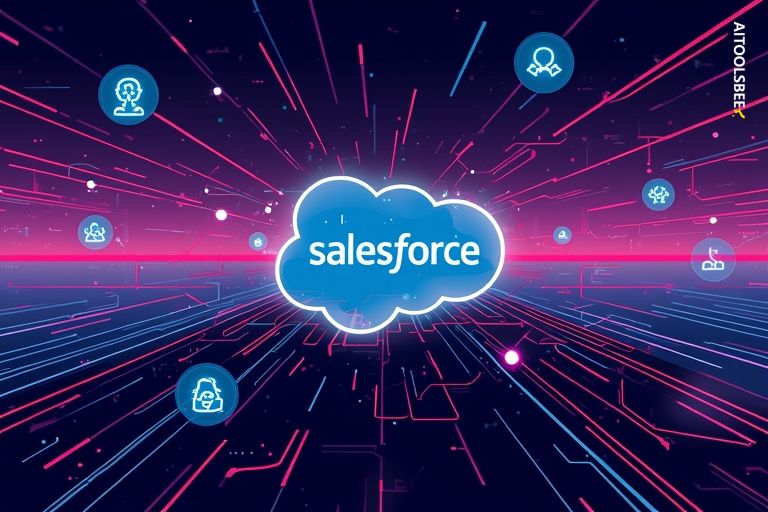
Salesforce Life Sciences Cloud: A New CRM Paradigm
The life sciences sector is experiencing a pivotal transformation. Engagement now extends beyond physicians to include payers, policymakers, care teams, and patient advocacy groups. To stay competitive, organizations must manage multistakeholder interactions while accelerating product launches, dismantling internal silos, and delivering large-scale personalization.
In this context, Salesforce's Life Sciences Cloud (LSC) is more than a new CRM. It is a comprehensive engagement platform that integrates data, AI, and compliance into a future-ready operating model. Unlike incremental CRM evolutions, LSC redefines the foundation for scaling clinical, medical, and commercial operations.
For years, many life sciences organizations relied on a patchwork of tools layered over traditional CRM. This led to isolated data islands, manual compliance processes, fragmented launch execution, and inconsistent stakeholder experiences.
LSC addresses these challenges by consolidating clinical, medical, and commercial information into one platform – the Data Cloud. Organizations can now manage clinical trial enrollment, patient support, and HCP engagement through a single, connected system.
Gartner highlights that cross-functional collaboration between commercial and medical affairs is now essential; LSC facilitates this by unifying records, workflows, and insights under one model.
What sets LSC apart from legacy platforms is its integration of Agentforce, Salesforce's Agentic AI framework. These AI agents can perceive context, make decisions, and act across workflows. Life sciences executives prioritize agent-driven use cases like benefits verification, trial participant screening, and HCP pre-call planning.
Within LSC, AI Agents automate routine tasks, generate contextual insights, and orchestrate workflows across the value chain. They operate in a secure environment designed to protect sensitive information and ensure responsible use. Safeguards like zero data retention and toxicity detection maintain this standard, ensuring automation supports compliance while balancing AI efficiency with human judgment.
AI is now a core requirement of life sciences CRM. However, most legacy platforms remain sales-centric and rely on bolt-on modules for AI or analytics. In contrast, LSC embeds intelligence and automation directly into its architecture, marking a systemic shift from CRM as a record system to one of insight and action.
Realizing LSC's value requires a strategic migration approach. Upgrading from legacy CRM is critical, demanding technical expertise and a trusted framework for success. Risks of a simple "lift and shift" are well-known, often resulting in data loss and missed opportunities for re-architecting around unified data and agentic AI. Poorly planned transitions can jeopardize compliance, disrupt operations, and erode user trust.
Specialized migration frameworks and certified Salesforce partners are essential, combining automated diagnostics of legacy systems with tailored data-mapping strategies to minimize effort and risk.
The convergence of data growth, regulatory demands, and stakeholder complexity is prompting life sciences to rethink engagement orchestration. Legacy CRM platforms cannot keep pace with AI-driven personalization, omnichannel compliance, and real-time collaboration demands.
Salesforce Life Sciences Cloud emerges as a future-ready alternative: a unified, agent-first platform transforming traditional CRM into an intelligent customer engagement platform. By embedding Agentic AI, harmonizing data through Data Cloud, and integrating compliance into every workflow, LSC redefines how life sciences companies commercialize therapies, manage clinical operations, and engage stakeholders.
For organizations preparing for this shift, the imperative is clear: treat migration as the foundation for a new operating model. Done right, it ensures no legacy data is lost, compliance is safeguarded, and the full promise of Life Sciences Cloud – smarter, faster, future-forward – can be realized.

